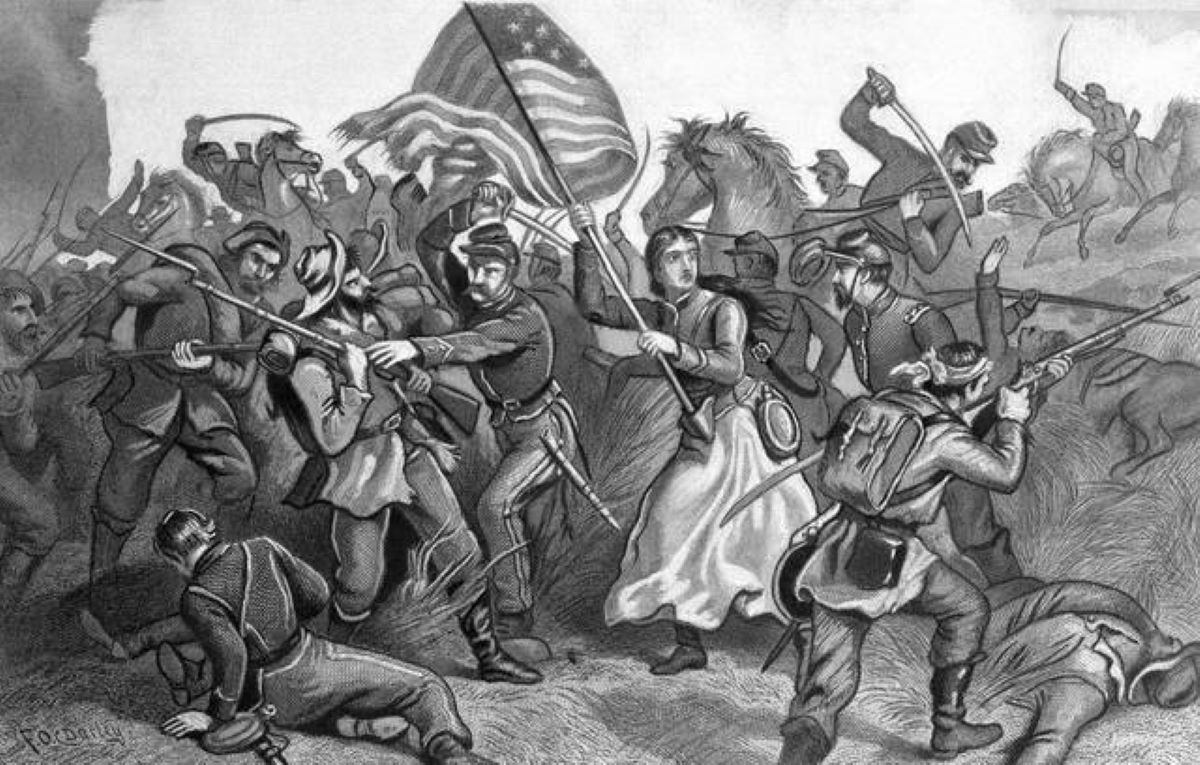The history of the United States is a vast and dynamic journey spanning centuries—marked by colonization, revolution, civil conflict, and global influence. This article outlines the critical phases of America’s evolution, providing a comprehensive overview for history enthusiasts, students, and researchers.

Pre-Colonial and Indigenous History
Before European explorers arrived, North America was home to millions of Indigenous peoples belonging to hundreds of tribes such as the Cherokee, Iroquois, Sioux, and Navajo. They developed complex societies, agriculture, and trade systems, with deep spiritual and cultural traditions rooted in the land.
European Colonization (1607–1775)

In 1607, the English established Jamestown, the first permanent settlement in what would become the U.S. Over the next century, 13 colonies emerged along the East Coast. European powers—especially Britain, France, and Spain—competed for land and control, often displacing Native American communities and engaging in frequent conflict.
The American Revolution (1775–1783)
Tensions between the British Crown and colonial settlers grew due to heavy taxation and lack of political representation. The cry of “no taxation without representation” led to unrest. In 1776, the Declaration of Independence marked the formal separation from Britain. The Treaty of Paris in 1783 confirmed U.S. independence.
Birth of a Nation and Constitutional Framework
The U.S. Constitution, adopted in 1789, created a federal government with checks and balances. George Washington, the first president, helped establish democratic norms. The Bill of Rights, added in 1791, guaranteed key freedoms like speech, religion, and due process.
Civil War and Emancipation (1861–1865)

Slavery and states’ rights divided the North and South. The election of Abraham Lincoln triggered secession. The Civil War resulted in over 600,000 deaths. The Union’s victory ended slavery through the 13th Amendment in 1865.
The Gilded Age and Industrialization (1870s–1900s)
Post-Civil War America entered a phase of rapid industrial growth. Major cities expanded, railroads connected the country, and immigrants arrived in large numbers. However, this era also saw inequality and corruption, known as The Gilded Age.
U.S. Emergence on the World Stage
The U.S. played crucial roles in World War I and World War II. Following WWII, the U.S. became a global superpower, forming the United Nations and initiating the Marshall Plan.
Civil Rights Movement and Social Change
From the 1950s onward, movements led by figures like Martin Luther King Jr. sought racial equality. This led to the Civil Rights Act of 1964 and Voting Rights Act of 1965. Later movements addressed women’s rights, LGBTQ+ equality, and environmental issues.
The Digital Age and 21st Century America

The rise of technology and the internet reshaped American life. Events like 9/11, the 2008 recession, and the COVID-19 pandemic have deeply impacted the country’s political, economic, and cultural landscape.
Conclusion
The history of the United States reflects a nation shaped by resilience, conflict, and innovation. Understanding this history reveals the roots of modern America’s strengths and challenges.
Frequently Asked Questions (FAQs)
1. What year was the United States founded?
A: The U.S. declared independence in 1776 and was officially recognized in 1783.
2. Why did the Civil War happen?
A: It was primarily caused by disputes over slavery, state sovereignty, and economic differences.
3. How did the U.S. become a world power?
A: Through industrialization, involvement in both World Wars, and global leadership.
4. What was the goal of the Civil Rights Movement?
A: To end racial discrimination and secure legal rights for African Americans.
References
National Archives
Library of Congress
Britannica
History.com
U.S. Department of State